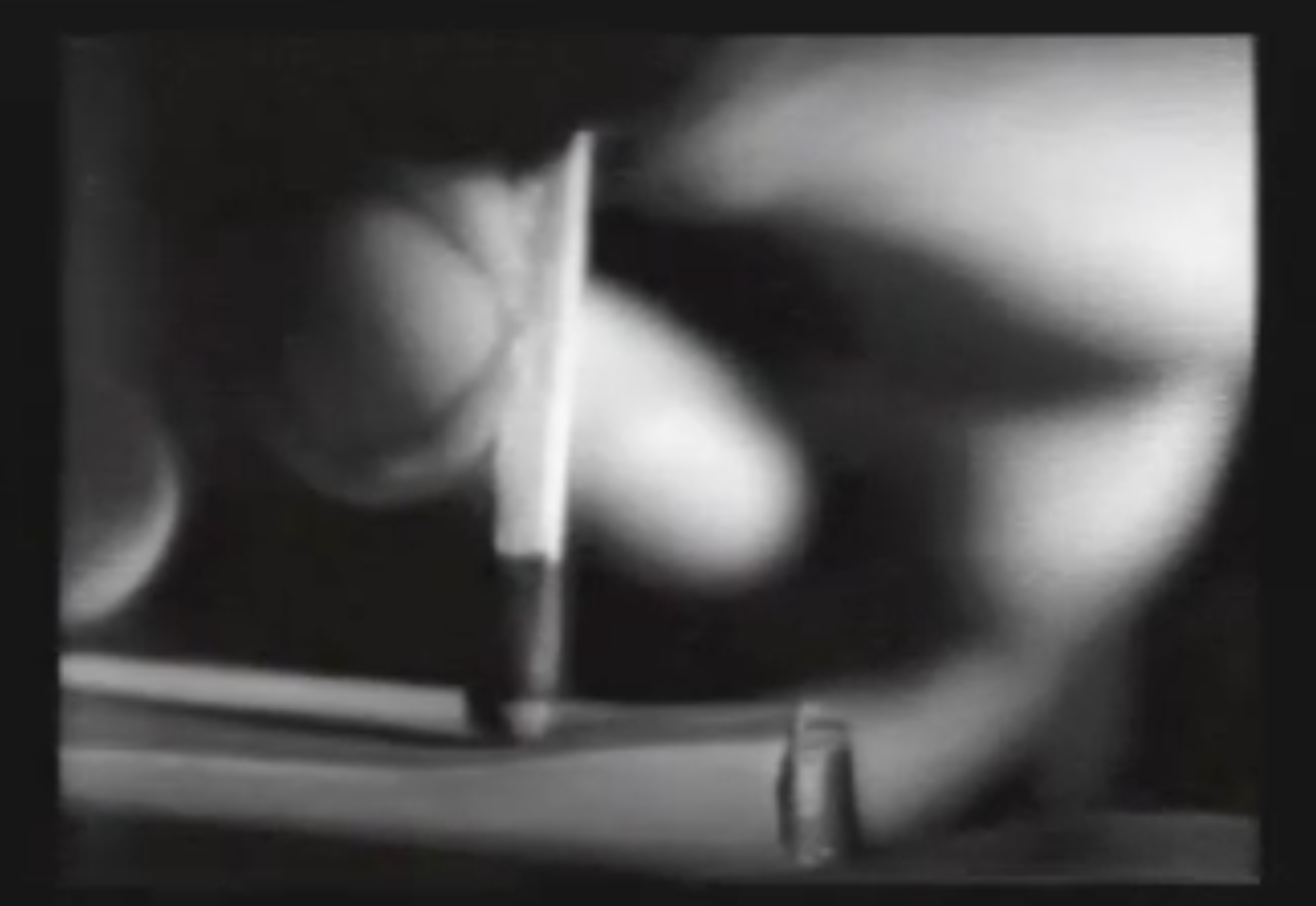DEVELOPMENT POST 3 (PB4)
“It is possible then to see documentary, not as a replication of the world but as an aesthetic experience in its own right that finds credibility through an indexical link” (Miles, 2015)
I found this quote from a pamphlet that emerged from a panel on the aesthetics of interactive documentary. I think that it is highly relevant to our final project and also allows me to expand on my perceptions on a concept of new media I have been developing throughout the course. As I explored in this blog post, does media have to have a meaning? Does all media inherently have a meaning or point simply because it exists and can evoke a response?
In terms of how the quote is relevant to my understanding, it highlights the side of new media that is purely for the value of aesthetics. I have realised that a major difference between traditional and new media is distribution and regulation. The internet has taken away the barriers of distribution and regulation and essentially simplified them making it easy for creators to post anything online. The internet has allowed for spaces where media can be produced and distributed for the sole reason of being an “aesthetic experience” (Miles 2015).
Traditionally, documentary has been perceived as factual and serving the purpose of conveying a specific message or information. However, as Hannah pointed out in class, documentary that tells us how something filters the world through subjectivity. Whereas, documentary that simply shows the world and intends to evoke a feeling is closer to showing our experiences of the world. As Renov (1993) states in Theorizing Documentary “the expressive is the aesthetic function that has consistently been undervalued within the nonfiction domain”, the idea of documentary serving the purpose of expressing a certain feeling or emotion through its aesthetic. This kind of documentary is relevant to the film that we intend to produce, we just need to consider what kind of response we intend to evoke in our audience. I think that this will be interesting to explore due to the highly experimental nature of our intended work.
To inform our work we having looking into the specific works within the Fluxus movement, and how such films can inform our own work. “Fluxus’ interdisciplinary aesthetic brings together influences as diverse as Zen, science, and daily life and puts them to poetic use.” (Ubu Web) – a number of the films focus on small every day aspects of life and depicts them in a way that makes it interesting to watch. For example, Yoko Ono’s One portrays the small (sometimes) everyday action of lighting a match. Whilst this action may be perceived as boring, the extreme close up shot portrays just the finger tips and depicts the action in a unique way. Moreover, the speed on the video, being slowed down, also adds another interesting element. Watching these Fluxus films have caused me to think about what feeling we want to evoke in our audience and how we will do this as creators. How can we use speed, variation, camera shots and angles to initiate audience engagement and express a certain emotion?
Miles, A 2015, ‘The Aesthetics of Documentary Interactivity: A Pamphlet that Emerged from a Curated Panel at Visible Evidence XXII’, Toronto
Renov, M 1993, ‘Theorizing Documentary’, Psychology Press
Ubu Web, ‘Fluxfilm Anthology’, viewed 15 May 2018 <http://www.ubu.com/film/fluxfilm.html>

